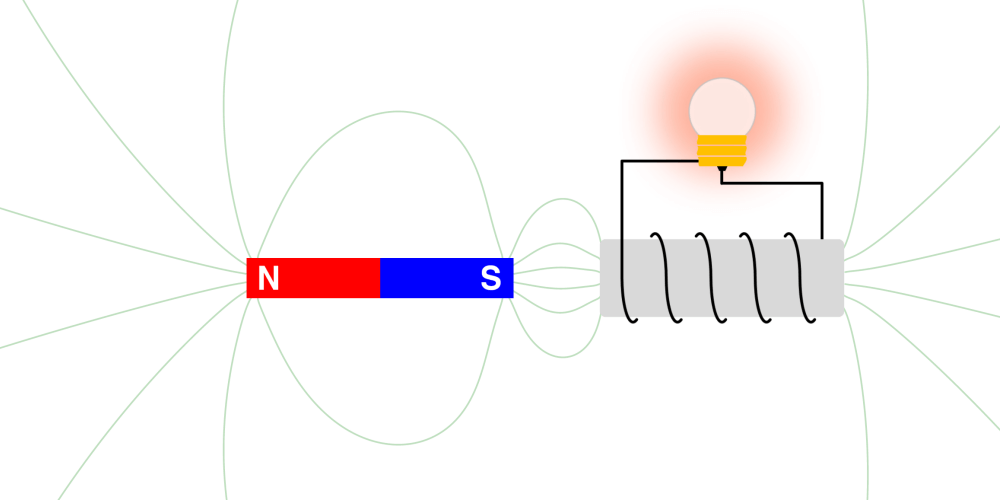The Fascinating World of Electromagnetism: Unraveling the Invisible Forces
Introduction:
In our modern world, we often take for granted the countless conveniences and technological marvels that surround us. From our smartphones to the lights that illuminate our homes, the fundamental force behind many of these innovations is electromagnetism. Electromagnetism is a captivating branch of physics that explores the relationship between electricity and magnetism. In this blog, we will delve into the wonders of electromagnetism, exploring its history, principles, and applications.
Historical Discoveries:
The story of electromagnetism began in the early 19th century when Danish physicist Hans Christian Oersted made a groundbreaking observation. In 1820, while conducting a lecture demonstration, he noticed that a compass needle deflected when placed near a current-carrying wire. This simple observation revealed a profound connection between electricity and magnetism, laying the foundation for the study of electromagnetism.
Later in the same decade, British scientist Michael Faraday, often regarded as the father of electromagnetism, conducted extensive experiments and formulated the concept of electromagnetic induction. Faraday's Law states that a changing magnetic field induces an electric current in a nearby conductor. This principle opened the door to countless technological advancements, including generators and transformers.
Fundamental Principles:
At the heart of electromagnetism lies a set of fundamental principles that govern the behavior of electric and magnetic fields. These principles are summarized by Maxwell's equations, formulated by Scottish physicist James Clerk Maxwell in the 1860s. Maxwell's equations describe how electric charges and currents generate electric and magnetic fields, and how these fields interact with each other.
One of the most remarkable aspects of electromagnetism is the concept of duality - electric fields and magnetic fields are closely interconnected. A changing electric field induces a magnetic field, and conversely, a changing magnetic field generates an electric field. This mutual relationship is essential in understanding electromagnetic waves, such as radio waves, microwaves, and light.
Electromagnetic Waves:
Electromagnetic waves are a mesmerizing consequence of Maxwell's equations. These waves are composed of oscillating electric and magnetic fields that propagate through space at the speed of light. They have varying wavelengths and frequencies, giving rise to the diverse spectrum of electromagnetic radiation.
From radio waves used for communication to X-rays and gamma rays employed in medical imaging and treatments, electromagnetic waves have an array of applications in modern life. Additionally, visible light, a narrow band within the electromagnetic spectrum, enables us to perceive the world around us with color and clarity.
Applications and Impact:
The impact of electromagnetism on society is immeasurable. It has paved the way for revolutionary technologies that have transformed every aspect of our lives. Here are some of its key applications:
Electric Power Generation and Distribution: Electromagnetic generators, based on Faraday's principle of induction, produce the electricity that powers our homes, businesses, and industries. Transformers enable efficient distribution of electrical energy across vast distances.
Electromagnetic Devices: A wide range of devices, from motors and generators to relays and solenoids, utilize the magnetic properties of electromagnetism. These devices are crucial in industrial processes, transportation, and everyday appliances.
Wireless Communication: Radio waves and microwaves, both forms of electromagnetic radiation, serve as the backbone of wireless communication systems. Cell phones, Wi-Fi networks, and satellite communications are all powered by electromagnetic waves.
Medical Applications: Electromagnetic techniques like magnetic resonance imaging (MRI) and electrocardiography (ECG) have revolutionized medical diagnostics, providing detailed insights into the human body without invasive procedures.
Electromagnetic Compatibility: Understanding and managing electromagnetic interference (EMI) and electromagnetic compatibility (EMC) are crucial in designing electronic devices that can work harmoniously without causing disruption.
Conclusion:
Electromagnetism, with its rich history, fundamental principles, and vast applications, continues to captivate scientists, engineers, and curious minds alike. From the days of Oersted and Faraday to the modern technological landscape, this fascinating branch of physics has shaped our world profoundly. As we move forward, embracing electromagnetism's potential holds the promise of even more groundbreaking discoveries and innovations that will shape the future of humanity.

Comments
Post a Comment